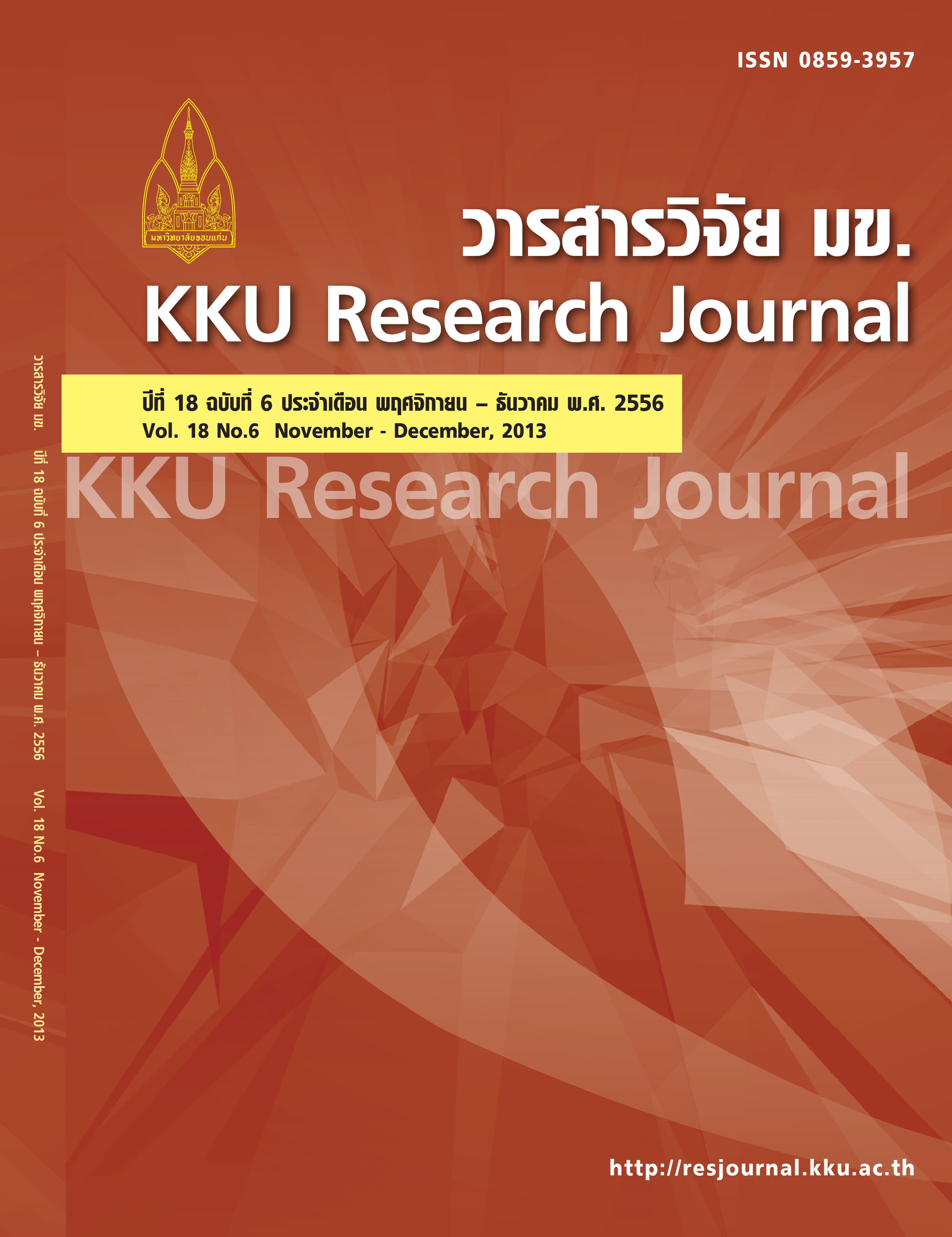A comparative study of Data mining techniques to predict agricultural production: a case study in Thai rice
Main Article Content
Abstract
In Thailand, rice crop is a major cereal crop that it be the main food and also for exports. Thailand was raked top exporters of high quality rice crop in this ASEAN. Until 2011, Vietnam has improved the production and the exporting so that Vietnam‘s rice has become the biggest rice exporter in the world. According to, information technology can help enhancing for the better rice crop productivity. Therefore, this research aimed to compare mining techniques to predict Thai rice production with high accuracy. This research starts from the identifying the appropriate factor to predict rice production. Then determine the high accuracy of data mining techniques to predict rice production. The results showed that there are eight appropriate factors to predict the rice production that are average rainfall, max-temperature, min-temperature, number of days of rain, relative humidity, average rice area, average rice harvest and average rice area. The data was collected by using every province according to the type of rice and period of farming 10 years throughout 2000-2009, which collecting from Office of Agricultural Economics and Thai Meteorology Department. The other results of a comparative data mining techniques by using four algorithms to predict rice crop production: neural networks, linear regression, support vector machines and decision trees, showed that the most coefficient of correlation is linear regression. So, the average of efficiency relation is 0.9895; and so on average of relative absolute error is 11.1937. As a result of prediction rice production can be used in policy formulation, planning, planting, and development of rice crop that suitable for increasing agriculture potential. The future work is to integrate the data mining techniques to do automatic data updating with an intelligent agent in order to predict more effectively by means of automatic update instead of static approach.


